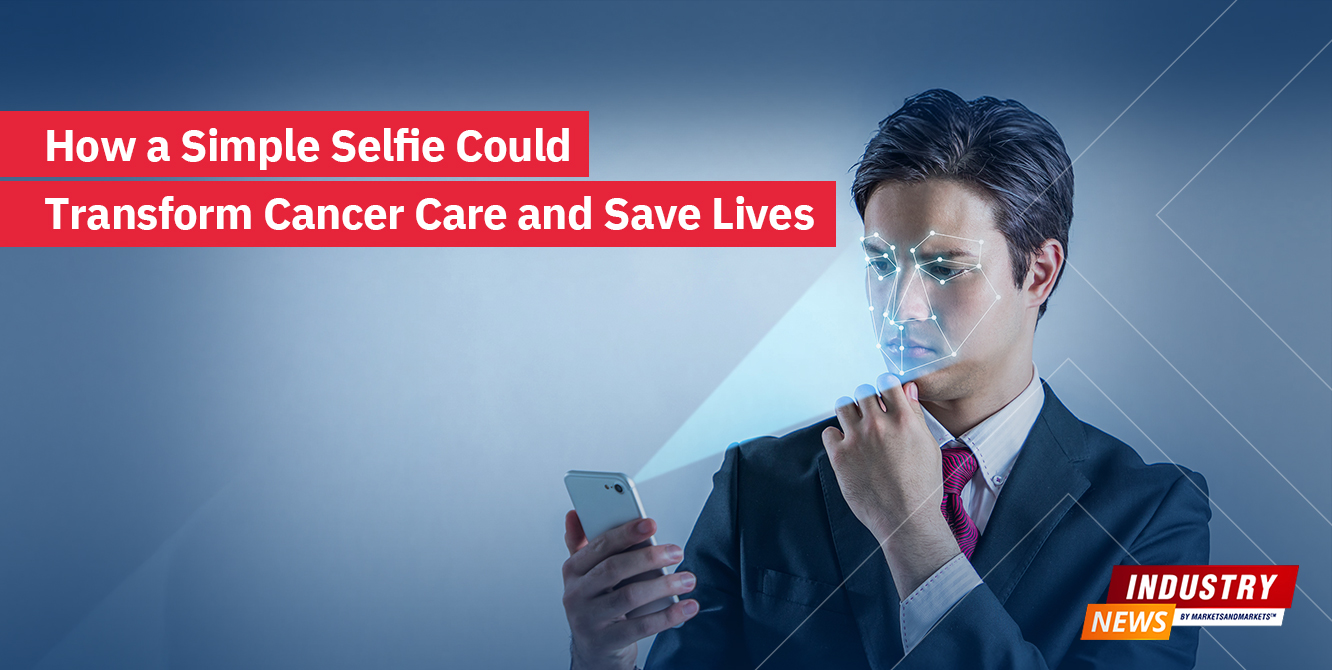Mobilicom, WIN Consortium Demo Use of AI for 5G Device-to-Device Communication

This News Covers
- Which 5 industries will get impacted?
- How this is going to impact top 5 industries?
- Top 5 countries which are going to get impacted
- What will be the impact of this deal in next 5 years at global level?
- How is this going to impact top 5 companies in North America?
The use of AI for 5G device-to-device communication can impact several industries beyond just the telecom industry. Here are some potential impacts and areas where it could make a significant difference:
- Robotics and Automation: Mobilicom's expertise in robotics and drones combined with AI-powered device-to-device communication could lead to more efficient and sophisticated robotic and automation systems. This could impact industries such as manufacturing, logistics, agriculture, and healthcare.
- Smart Cities: The use of AI for device-to-device communication could help facilitate the creation of smart cities by enabling better communication between connected devices and infrastructure. This could impact areas such as transportation, public safety, and energy management.
- Healthcare: The combination of AI and 5G device-to-device communication could lead to the development of new healthcare applications, such as remote monitoring and telemedicine. This could impact the healthcare industry by improving patient care and reducing costs.
Overall, the use of AI for 5G device-to-device communication has the potential to impact several industries beyond just the telecom industry. As these technologies continue to evolve and mature, it's likely that we will see further innovation and new use cases emerge, leading to even greater demand for these technologies in the future.
Which other 5 industries which depend upon telecom industry will get impacted because of this?
Here are some other industries that could potentially be impacted by the use of AI for 5G device-to-device communication and the resulting advancements in the telecom industry:
- Finance and Banking: The combination of AI and 5G device-to-device communication could improve the speed and security of financial transactions, leading to new opportunities for mobile banking and digital payments.
- Education: The use of AI and 5G device-to-device communication could enable new forms of remote learning and educational experiences, such as virtual classrooms and interactive online courses.
- Retail: AI-powered device-to-device communication could lead to new opportunities for personalized marketing and customer engagement, as well as improved inventory management and supply chain optimization.
- Energy and Utilities: The combination of AI and 5G device-to-device communication could improve the monitoring and management of energy systems, leading to increased efficiency and reduced costs.
- Transportation and Logistics: AI-powered device-to-device communication could lead to more efficient and optimized transportation and logistics systems, such as improved routing and delivery tracking for packages and goods.
Overall, the impact of AI for 5G device-to-device communication is likely to be felt across a wide range of industries beyond just the telecom industry, as these technologies have the potential to revolutionize how we work, live, and interact with the world around us.
How this is going to impact top 5 industries?
The use of AI for 5G device-to-device communication has the potential to significantly impact a wide range of industries. Here are some potential impacts on the top 5 industries:
- Healthcare: The combination of AI and 5G device-to-device communication could lead to the development of new healthcare applications, such as remote monitoring and telemedicine, improving patient care and reducing costs.
- Finance: The combination of AI and 5G device-to-device communication could improve the speed and security of financial transactions, leading to new opportunities for mobile banking and digital payments.
- Retail: AI-powered device-to-device communication could lead to new opportunities for personalized marketing and customer engagement, as well as improved inventory management and supply chain optimization.
- Transportation: AI-powered device-to-device communication could lead to more efficient and optimized transportation systems, such as improved traffic flow and delivery tracking for goods.
- Manufacturing: The combination of AI and 5G device-to-device communication could enable more efficient and automated manufacturing processes, leading to increased productivity and reduced costs.
Overall, the impact of AI for 5G device-to-device communication is likely to be significant across a wide range of industries, as these technologies have the potential to revolutionize how we work, live, and interact with the world around us.
Top 5 countries which are going to get impacted due to this?
The use of AI for 5G device-to-device communication has the potential to impact many countries, but here are five countries that are likely to be at the forefront of these developments:
- China: China is already a leader in the development and deployment of 5G technology, and has made significant investments in AI research and development. The country is likely to continue to be a major player in the development and adoption of AI for 5G device-to-device communication.
- United States: The US is also a major player in the development of 5G and AI technologies, and is home to many of the leading companies and research institutions in these fields.
- South Korea: South Korea has made significant investments in 5G technology and has a strong track record of innovation in telecommunications. The country is also home to leading companies in AI research and development.
- Japan: Japan has a strong tradition of innovation in electronics and telecommunications, and is likely to be an important player in the development of AI for 5G device-to-device communication.
- Germany: Germany is home to many leading companies in the telecommunications industry, and has a strong research and development infrastructure for AI. The country is likely to be an important player in the development and adoption of AI for 5G device-to-device communication in Europe.
Overall, the impact of AI for 5G device-to-device communication is likely to be felt across many countries, as these technologies have the potential to transform how we live and work in the digital age.
What will be the impact of this deal in next 5 years at global level?
It is difficult to predict the specific impact of the Mobilicom and WIN Consortium deal on the global level, as it will depend on a number of factors such as the rate of adoption of AI for 5G device-to-device communication, the emergence of new technologies and applications, and the overall economic and geopolitical environment.
However, it is likely that the use of AI for 5G device-to-device communication will continue to grow in importance over the next five years, with potential impacts in a number of areas such as:
- Industry: The use of AI for 5G device-to-device communication has the potential to significantly impact a wide range of industries, as discussed earlier. As these technologies continue to develop and mature, we can expect to see new applications and use cases emerge, leading to increased productivity, improved efficiency, and new business opportunities.
- Infrastructure: The deployment of 5G networks and the use of AI for device-to-device communication will require significant investments in infrastructure, both in terms of network infrastructure and computing infrastructure. This could lead to new business opportunities for companies that provide these services, as well as increased competition and innovation in the telecom and IT sectors.
- Society: The use of AI for 5G device-to-device communication has the potential to transform how we live and interact with the world around us. For example, it could enable new forms of remote work and collaboration, improve public safety and emergency response, and enhance healthcare delivery.
Overall, the impact of this deal on the global level over the next five years will depend on how quickly and effectively these technologies are adopted and integrated into our daily lives. However, the potential for significant impacts across a wide range of industries and sectors is clear.
How is this going to impact top 5 companies in North America?
It is difficult to predict the specific impact of the Mobilicom and WIN Consortium deal on individual companies in North America, as it will depend on a number of factors such as the rate of adoption of AI for 5G device-to-device communication, the competitive landscape, and the strategic positioning of each company.
However, here are five companies in North America that are likely to be impacted by the adoption of AI for 5G device-to-device communication:
- AT&T: AT&T is one of the largest telecom providers in the United States and has already made significant investments in 5G technology. The company is likely to be impacted by the deployment of AI for 5G device-to-device communication as it could lead to new business opportunities and increased competition.
- Verizon: Verizon is another major player in the telecom industry in the US, and has also made significant investments in 5G technology. The company is likely to be impacted by the deployment of AI for 5G device-to-device communication as it could enable new use cases for its network and potentially lead to increased competition.
- Microsoft: Microsoft is a leading provider of cloud computing services, which will be an important component of the infrastructure needed to support AI for 5G device-to-device communication. The company is likely to benefit from the increased demand for cloud computing services, as well as the development of new applications and services that leverage AI and 5G.
- Apple: Apple is a major player in the smartphone and mobile device market, which will be one of the primary beneficiaries of the deployment of 5G networks and the use of AI for device-to-device communication. The company is likely to benefit from the development of new applications and services that leverage these technologies, as well as the increased demand for its products as consumers upgrade to 5G-enabled devices.
- Intel: Intel is a leading provider of microprocessors and other computing hardware, which will be an important component of the infrastructure needed to support AI for 5G device-to-device communication. The company is likely to benefit from the increased demand for computing hardware, as well as the development of new applications and services that leverage AI and 5G.
Overall, the impact of the adoption of AI for 5G device-to-device communication on individual companies in North America will depend on a number of factors, but it is likely to lead to both new opportunities and increased competition across a range of industries and sectors.
GET AHEAD
Top Research Reports to Fuel Your Industry Knowledge- Artificial Intelligence (AI) Market by Offering (Infrastructure, Software, Services), Technology (ML, NLP, Generative AI), Business Function (Operations & Supply Chain, Finance & Accounting), Enterprise Application, and End User - Global Forecast to 2032
- 5G Services Market Size, Share, Growth Analysis, by Communication Type, End User (Consumers and Enterprises), Application (Industry 4.0, Smart Cities), Enterprises (Manufacturing, Transportation & Logistics), and Region - Global Industry Forecast to 2028
Editor's Pick

Chemical and Materials
US - Japan Collaboration Ignites New Era for Steel Manufacturing
Semiconductor and Electronics
Hero PRO Prosthetics Bring Exoskeleton Innovation to Life
PODCASTS

Sustainable Digital Transformation & Industry 4.0
Sanjay Kaul, President-Asia Pacific & Japan, Cisco, and host Aashish Mehra, Chief Research Officer, MarketsandMarkets, in conversation on unraveling 'Sustainable Digital Transformation and Industry 4.0'
11 July 2023|S2E12|Listen Now

Generative AI
Prasad Joshi, Senior Vice President-Emerging Technology Solutions, Infosys, and host, Vinod Chikkareddy, CCO, MarketsandMarkets, in exploring the recent advances in AI and the generative AI space.
7 Nov 2023|S2E13|Listen Now











